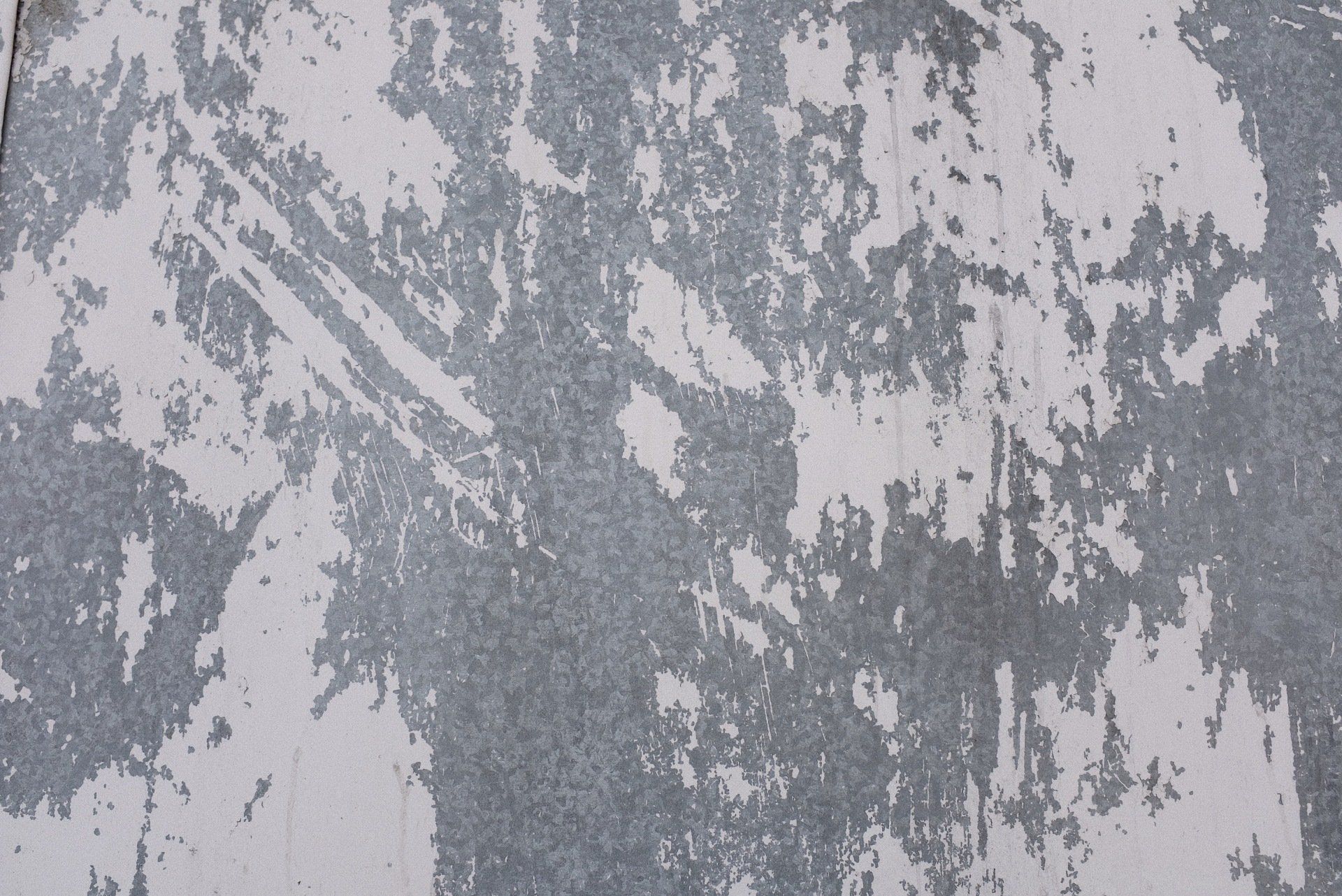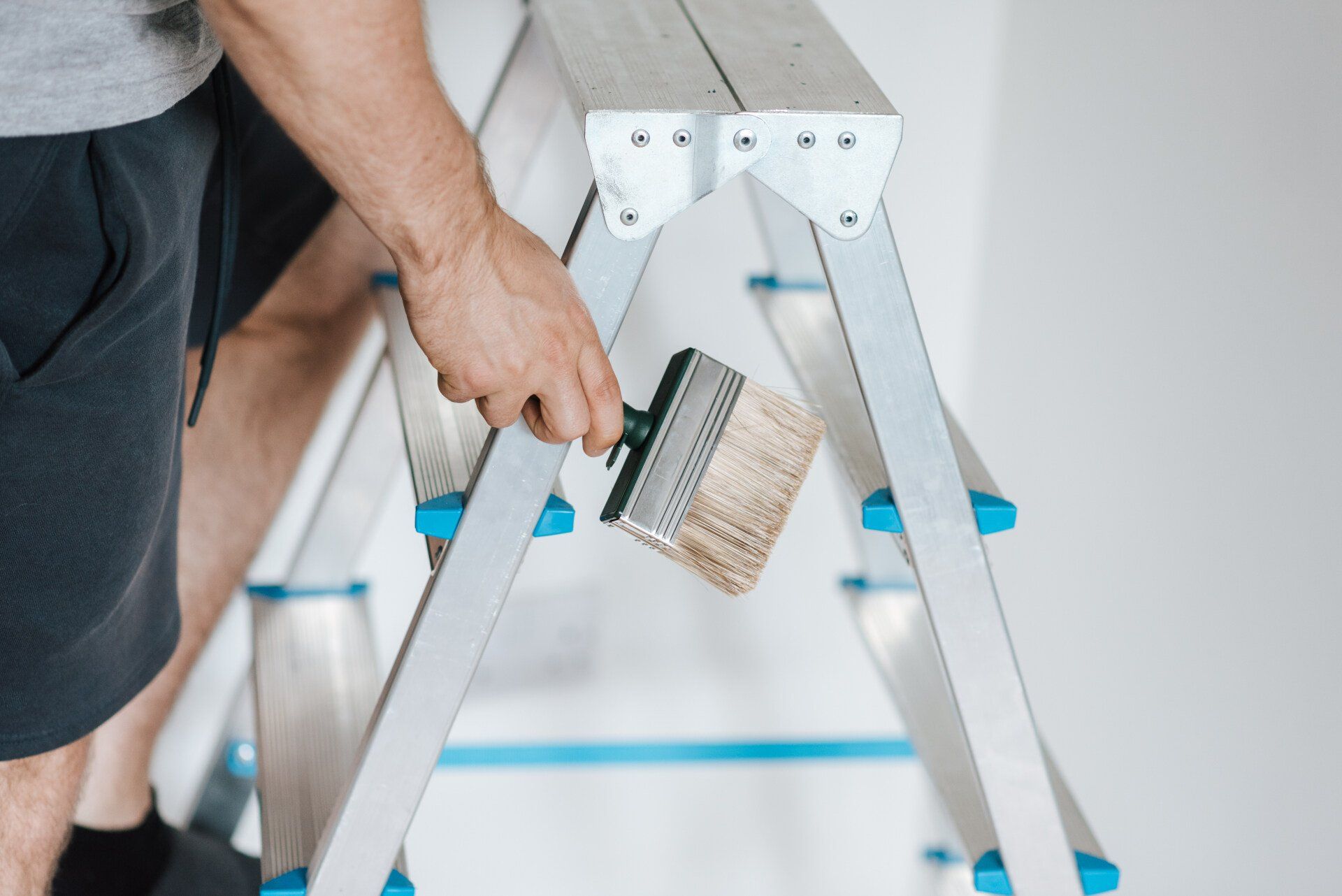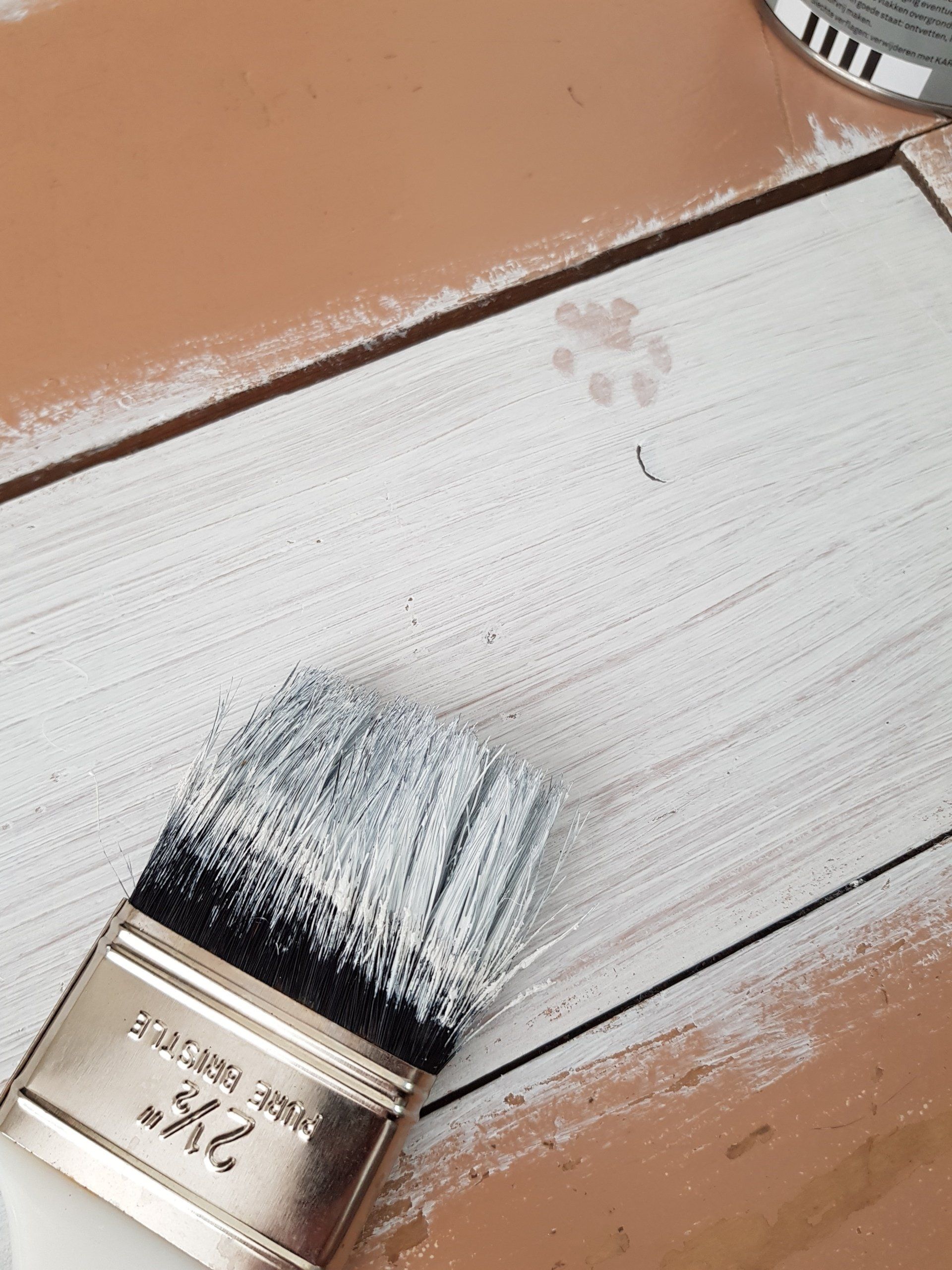Staining Brick
Staining Brick
If you're looking to alter the color of your fireplace or your home's exterior, knowing how to stain brick might be on your list of things to do. It is important to know the difference between how to stain brick versus painting in order for the best results and ensure that you have the right tools and supplies to complete the task properly. Follow the steps here regarding how to stain brick and to decide if staining is the right option to decorate your house.
Staining Your Brick
In the beginning, you'll have to decide which kind of stain is best for your brick-staining project, and you'll need to gather the required tools and supplies before you start. The majority of hardware stores allow you to try stain samples, so you can test and mix the products to find the perfect shade.
There are two kinds of brick staining that you can pick:
- A water-based brick stain is the one we recommend for the majority of projects. The stains are simple to apply, eliminate the build-up of water, and allow for airflow to the brick.
- Stains that are mixed with sealant. This type of stain creates an impervious coating on bricks, but it can also cause damage to the bricks over time. We recommend this stain for small areas or bricks that are fragile and porous. The addition of a sealant creates a vapor barrier that traps water inside the bricks. If it is frozen, cracks may occur if water doesn't evaporate before. Applying this method in small spaces or with bricks that have already been breathed is an ideal idea.
Step 1: Clean the brick, and then determine if you have to take off any sealant that is in place.
Pour one cup of water on the surface of your brick. If it dries up and then runs away then you'll have to clean off the sealant before you are able to paint the brick. It is possible to get rid of the sealant using lacquer thinner and letting it rest for 10 minutes before cleaning it off with the power washer or hose in the event that it is outside. Just rinse it away using water and a clean cloth when inside.
If there isn't any sealant in the brick, it is necessary to clean the brick from top to bottom with ordinary detergent and water.
Step 2: Be sure to protect yourself and your surroundings.
Place drop cloths on the floor and wear protective clothing as well as safety glasses prior to beginning the process of staining. Painter's tape is used to seal off any areas that you don't intend to stain.
Step 3: Carefully follow the directions on the container of stain for mixing the stain.
If you're mixing stain colors, take measurements carefully and note the amount to ensure you keep making the same color.
Step 4: Place the stain on the wall.
Brush in one gentle motion across each brick in a single, smooth motion. For bricks with no mortar between them, brush with repeated strokes, covering each surface twice. Apply the paint as you go by using the corner of the brush. To ensure uniform shade, mix the stain every time it is dipped into. Apply the stain to the bricks in a sporadic pattern, instead of staining all bricks in rows. This will keep the appearance of the stain job as natural as it can be.
Step 5: Wash the mess and rinse away.
Do not let them to dry. Instead, clean them immediately using the help of a moist rag.
Step 6: Let the stain to completely dry.
The time it takes to dry is contingent on the temperature, humidity, and the airflow within the region.




